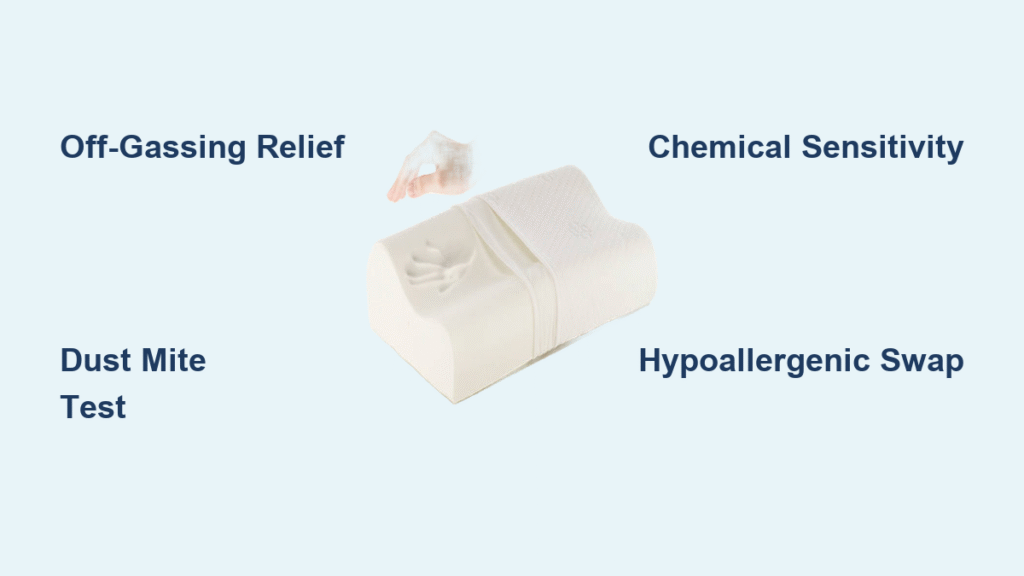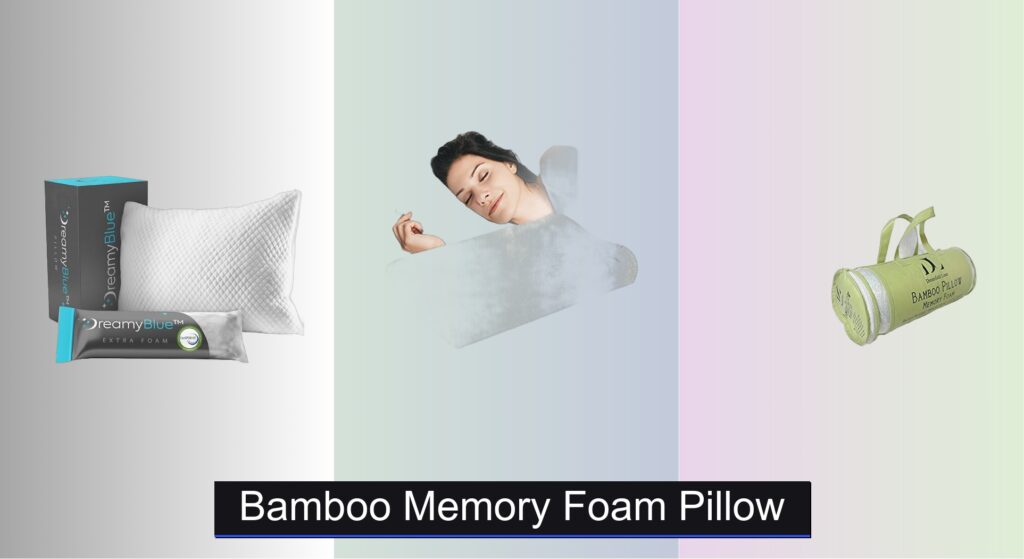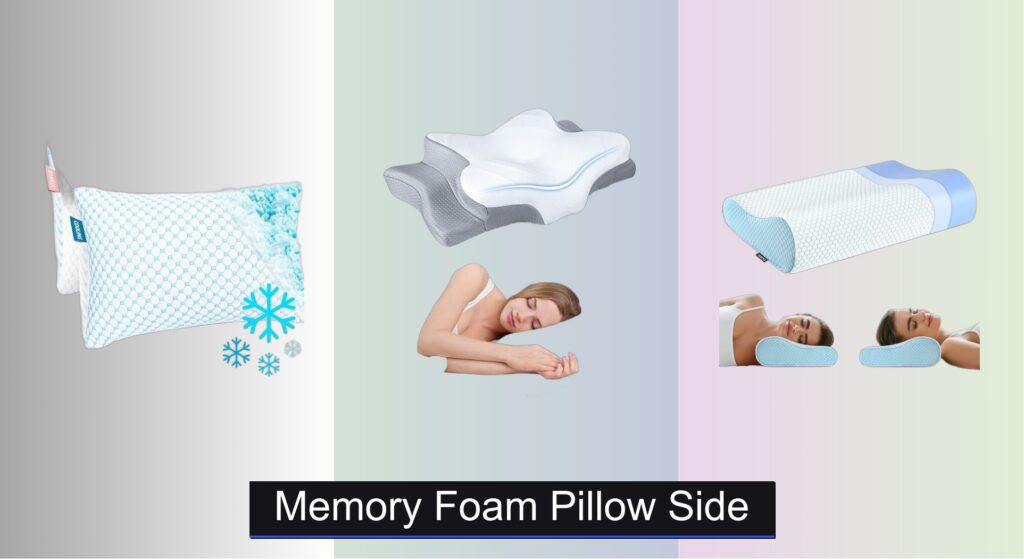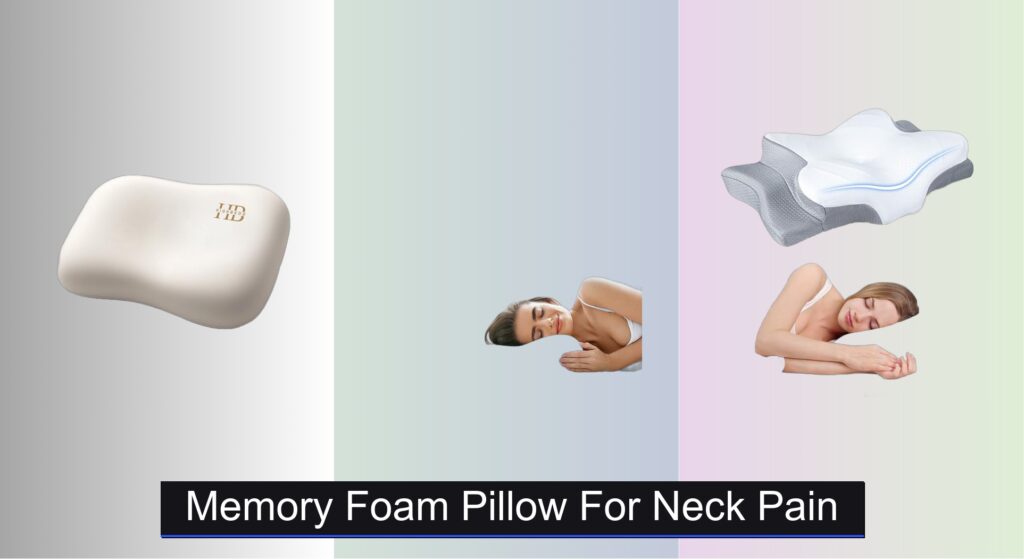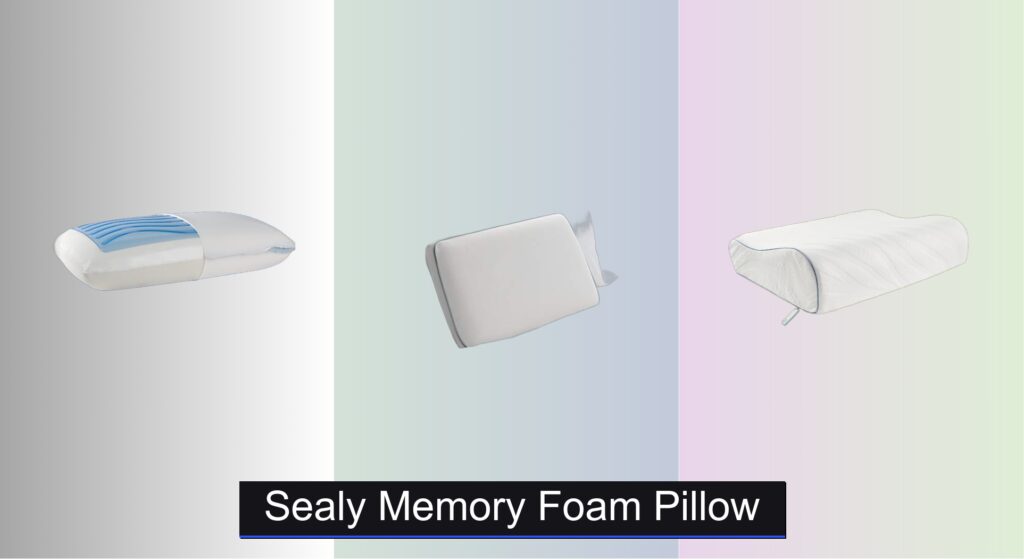You excitedly unboxed your new memory foam pillow expecting deep sleep, only to wake up with itchy skin, a pounding headache, and a stuffy nose that won’t quit. This isn’t just bad luck—it’s a classic allergic reaction to memory foam pillow chemicals or contaminants affecting thousands of sleepers. Unlike traditional allergies with seasonal patterns, memory foam pillow allergic reactions often strike immediately after first use or escalate quietly over weeks, leaving you exhausted and confused about the culprit. The harsh truth? Your pillow might be poisoning your sleep with chemical off-gassing, dust mites, or hidden mold.
Identifying the exact trigger is critical because memory foam pillow allergic reactions require different solutions for chemical sensitivity versus biological allergens. This guide cuts through the confusion with specific diagnostic steps, immediate relief tactics, and proven alternatives that won’t sabotage your sleep. You’ll learn exactly how to pinpoint whether polyurethane off-gassing, dust mite colonies, or mold spores are triggering your symptoms—and implement targeted fixes within 72 hours.
Why New Memory Foam Pillows Cause Immediate Rashes and Headaches

That “new pillow smell” isn’t harmless—it’s volatile organic compounds (VOCs) actively poisoning your sleep space. Memory foam pillows release chemicals like formaldehyde (a known carcinogen), methylene aniline, and vinylidene chloride through off-gassing, especially during the first 72 hours after unwrapping. These fire retardants and surface coatings don’t stay trapped; they vaporize into your breathing zone while you sleep, triggering direct chemical sensitivity in sensitive individuals.
Critical Chemical Exposure Timeline
First 6 hours: VOC concentration peaks as you sleep on the fresh pillow, causing immediate skin reactions like hives or eczema that spread beyond contact areas. You might notice watery eyes or nausea within minutes of lying down.
Night 2-3: Neurological symptoms escalate—dizziness, brain fog, and throbbing headaches often hit hardest during this peak off-gassing window.
Week 2+: Chronic exposure leads to insomnia and persistent fatigue even after removing the pillow, as chemicals accumulate in your system.
Plant Foam vs. Standard Memory Foam: The 50% Safer Option
Choose CertiPUR-US certified plant-based memory foam pillows if chemical sensitivity runs in your family. These replace 30-50% of petroleum with castor or soy oils, slashing VOC emissions while maintaining pressure-relieving support. Avoid “eco-friendly” claims without certification—only verified labels guarantee reduced off-gassing. Never sleep on a standard memory foam pillow before completing a 72-hour off-gassing period in a garage or balcony.
Dust Mite Colonies vs. Chemical Sensitivity: Pinpoint Your Trigger in 3 Steps

Memory foam’s dense structure deters deep dust mite burrowing, but surface debris still hosts 100-500 mites per gram of skin flakes—enough to trigger severe reactions. Crucially, dust mite allergies develop gradually over weeks, while chemical reactions strike immediately. Misidentifying the cause wastes months on ineffective solutions.
The 72-Hour Pillow Removal Test
Step 1: Sleep without your memory foam pillow for exactly three nights (use a firm folded towel as temporary support).
Step 2: Track symptom changes hourly—chemical reactions improve within 48 hours, while dust mite symptoms fade slowly over 5-7 days.
Step 3: Reintroduce the pillow for one night. If headaches or rashes return instantly, chemical sensitivity is confirmed. Gradual congestion points to dust mites.
Red Flag Symptom Patterns
- Chemical sensitivity: Rash appears on arms/chest (not just face/neck), symptoms hit within 24 hours of first use, and washing pillowcases brings zero relief.
- Dust mite allergy: Morning congestion dominates, symptoms worsen over 2-3 weeks, and traveling to hotels provides noticeable relief.
- Mold exposure: Musty odor from pillow plus persistent cough—immediately discard if visible black spots appear.
Emergency Relief Tactics for Active Allergic Reactions
Don’t wait for doctor’s appointments when symptoms strike tonight. These clinically validated interventions target specific reaction pathways for rapid relief.
Chemical Sensitivity First Aid
- Flush your system: Drink 16oz electrolyte water to accelerate VOC elimination.
- Neutralize skin contact: Apply colloidal oatmeal paste (1 tbsp oats + 2 tsp water) to rashes—soothes irritation within 20 minutes.
- Block respiratory triggers: Place a HEPA air purifier on your nightstand running at high speed (minimum 200 CFM) to capture VOCs.
Dust Mite Emergency Protocol
- Kill surface mites instantly: Vacuum pillow surface for 2 minutes using HEPA filter + upholstery attachment (set on low suction).
- Break the allergen cycle: Wash pillowcase in 130°F+ water with ½ cup white vinegar added—destroys Der p1 proteins causing congestion.
- Create immediate barrier: Slide pillow into a zippered allergen-proof encasement (<5 micron pores) before reusing.
Pro Tip: For severe reactions, place a cold compress over your sinuses for 10 minutes—reduces nasal inflammation faster than antihistamines alone.
Hypoallergenic Pillow Swaps That Actually Work (No More Guesswork)
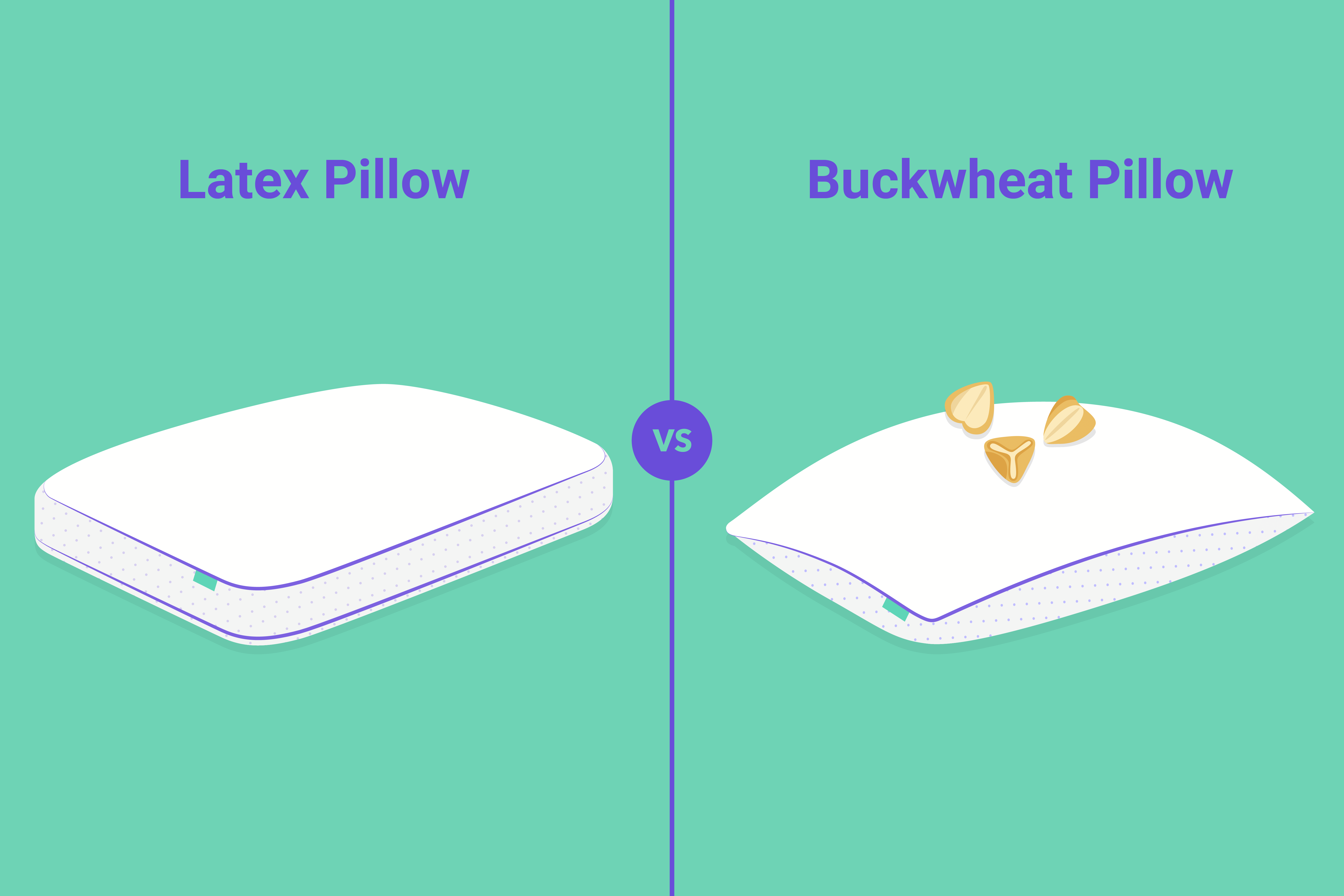
Memory foam alternatives fall into three proven categories based on your specific trigger. Choosing wrong wastes money and extends suffering—match your symptoms to these vetted solutions.
For Chemical Sensitivity: Zero-Off-Gassing Options
Natural latex pillows (Dunlop type): Emits no VOCs and resists dust mites naturally. Critical: Verify “100% natural latex” certification—blends still contain sensitizing chemicals. Expect $120-$180 price point.
Buckwheat hull pillows: Completely chemical-free with excellent airflow. The firm, adjustable loft repels mites but creates rustling sounds when moving—ideal if you sleep hot.
For Dust Mite Allergies: Impenetrable Barriers
CertiPUR-US plant foam pillows: Reduced chemical load plus tighter cell structure limits surface debris accumulation. Must pair with a silver-ion infused pillow cover (washed weekly) for full protection.
Purple Grid pillows: Polymer construction prevents mite colonization entirely. The grid design also dissipates heat 40% faster than memory foam—key for allergy-induced night sweats.
| Material | Best For | Sleep Trial Tip |
|---|---|---|
| Natural Latex | Chemical sensitivity | Test 30-day trial period after 72h off-gassing |
| Buckwheat Hull | Dust mites & mold | Insert into cotton pillowcase to reduce noise |
| Plant-Based Foam | Mixed triggers | Demand CertiPUR-US certificate before buying |
Your 30-Day Allergy Prevention System
Stop reactions before they start with this non-negotiable maintenance sequence. Memory foam pillows exceeding 3 years old increase reaction risks by 300% due to chemical breakdown—replace immediately if yellowed or lumpy.
Weekly Critical Actions
- Sunday: Wash pillowcase in 130°F+ water with vinegar additive.
- Wednesday: Vacuum pillow surface with HEPA filter (2 minutes per side).
- Daily: Run dehumidifier to maintain 30-50% bedroom humidity—starves dust mites and mold.
Immediate Replacement Triggers
Discard your memory foam pillow tonight if you notice:
– Permanent yellow discoloration (chemical degradation)
– More than 25% loss of original height when compressed
– Musty odors persisting after 48 hours of sun-drying
– Any visible mold spots (wear gloves while disposing)
When to See a Doctor: 4 Non-Negotiable Red Flags
Most memory foam pillow allergic reactions resolve with pillow removal and environmental fixes. Seek emergency care immediately if you experience:
– Swelling of lips, tongue, or throat restricting breathing
– Chest tightness or wheezing that doesn’t improve after 30 minutes
– Hives spreading to palms/soles of feet
– Blistering skin rashes oozing fluid
For persistent mild symptoms after 2 weeks of pillow removal, get patch tested for polyurethane and formaldehyde sensitivity. Board-certified allergists can confirm chemical triggers through epicutaneous testing—critical for warranty claims with manufacturers.
Your pillow should restore your health, not destroy it. By matching your specific symptoms to the precise trigger—whether toxic off-gassing, dust mite colonies, or hidden mold—you can eliminate allergic reactions within 72 hours. Implement the 72-hour pillow removal test tonight, switch to a certified plant-based or latex alternative, and enforce the weekly cleaning protocol. Within one sleep cycle, you’ll trade allergic misery for deep, healing rest. Never accept “just allergies” as your sleep reality—demand pillows that protect your health as fiercely as they support your neck.

